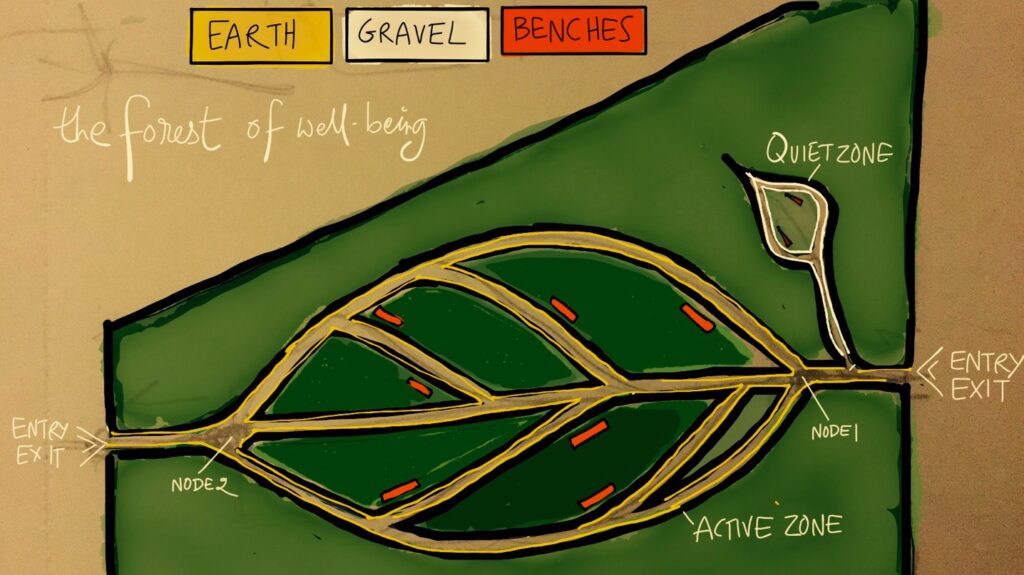Tiny forests: a Japanese originated, India developed nature-based solution for cities
Recently, we were talking about the depave movement that had started in Portland almost two decades ago. Well, once you have taken out the asphalt of a piece of urban ground, you could plant a tiny forest in it. Other than really really small woods, a tiny forest refers to a dense fast-growing native woodland, based on an established forest management method developed in the 1970s by Japanese botanist Akira Miyawaki to help restore ecosystems. Often fitting into the size of a basketball court, these urban small forests provide shade and help fight heat island effect; attract plants and animals, and even contribute to storing carbon. Apparently, the method can work almost anywhere, even in plots just one meter wide, though a minimum of three meters is preferred to plant a mix of species. The first step in this planting method is to test the soil and select the right native species for the forest location. On an average 200 m2 plot, circa 600 native trees and shrubs of twenty to forty species can be planted. Then, the area will need some two or three years of maintenance before it becomes self-sustaining. Research shows that these forests are biodiverse (more than 900 species of plants and animals have been identified), store 250kg/CO2 per year, cool the city on warm days and retain water.

Miyawaki’s forest creation technique was popularized internationally by Indian engineer Shubhendu Sharma, who, inspired by it, started in 2011 Afforestt, a Bangalore-based company that creates similar natural, wild, maintenance free, native forests, and aims to further research and disseminate the method. According to Afforest, tiny forests are completely chemical free and up to “30 times better” compared to conventional monoculture plantations: in density and hence in noise and dust reduction; as well as concerning carbon-dioxide absorption. Since 2015, the company has decided to share their forest creation techniques in free video tutorials. Their work ranges from public projects in coordination with municipalities and governmental institutions, to ‘forestscaping’ for private landowners to create smaller forests patches in their backyards. For Maruvan, what they define as one of their most ambitious projects, Afforestt has combined in a desert zone in Rajasthan (India) seed bank creation, nursery, forest, water conservation and sustainable habitat. It is worth noting, however, that their forest-making method undergoes constant development. Specially since the company realized, a few years back, that in some of their projects the species selection phase had been sub-optimal, resulting in an overproportion of fast-growing species in some cases, or in too many different species in others. As a consequence, Afforestt would be preparing to launch an institute for the ongoing learning and refining of their forest-making methods.
The Indian experience was brought to Europe in 2015 by the Dutch environmental education organisation IVN. In the United Kingdom, the charity Earthwatch Europe also leads the European tiny forest movement. Both have a community approach and offer plenty of information and advice for anyone wanting to start a forest. They also organise ‘community planting days’, often with schools. In this way, tiny forests not only are nature-based solutions to help, for example, city weather heat waves, but also allow children and local communities to reconnect with nature. Or, we could keep subsidizing AC devices as band aid solutions for climate change.
